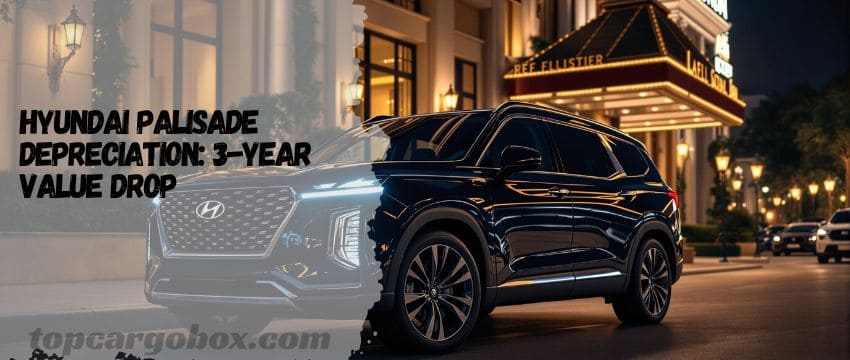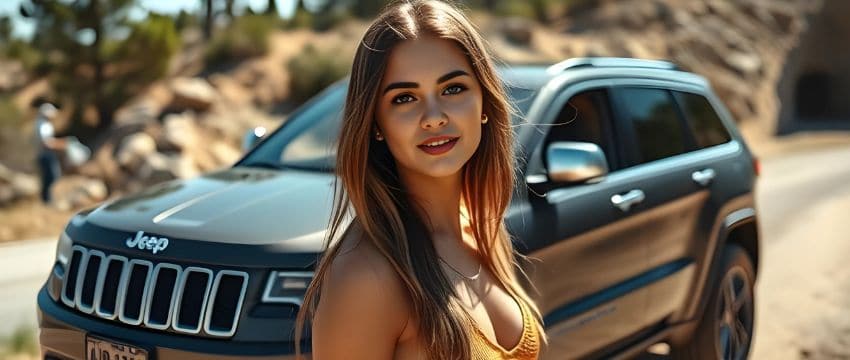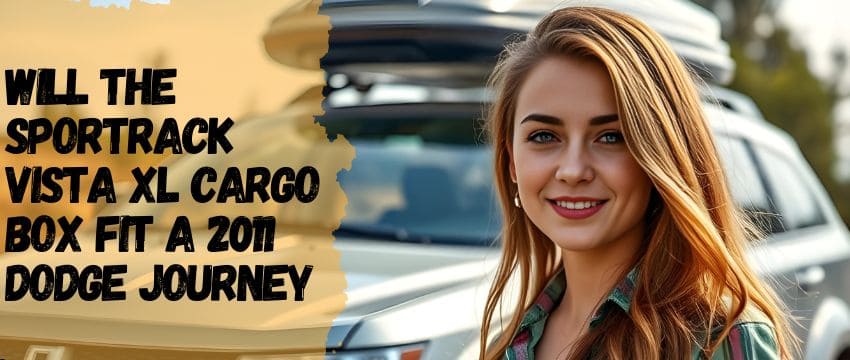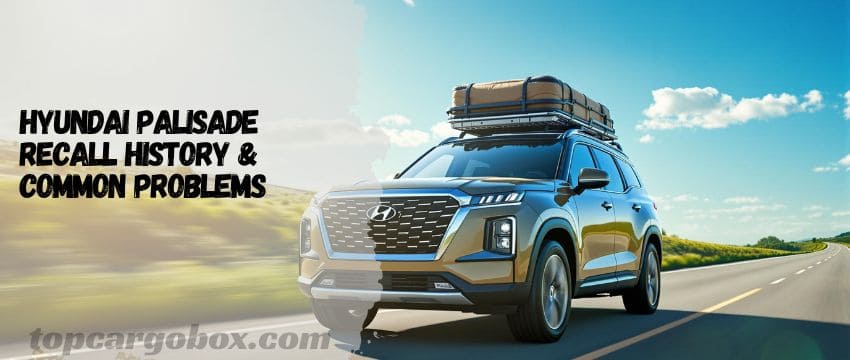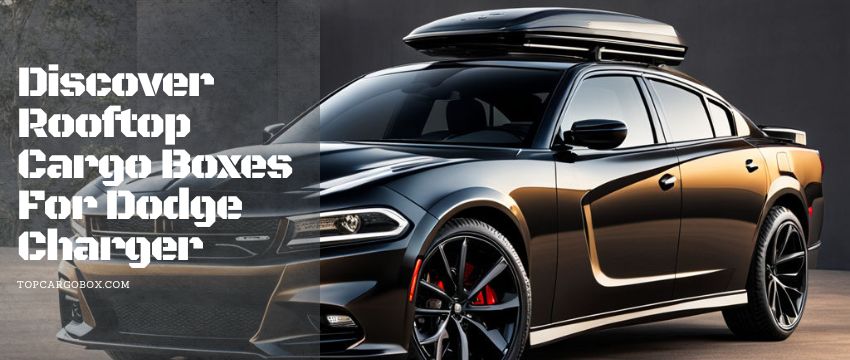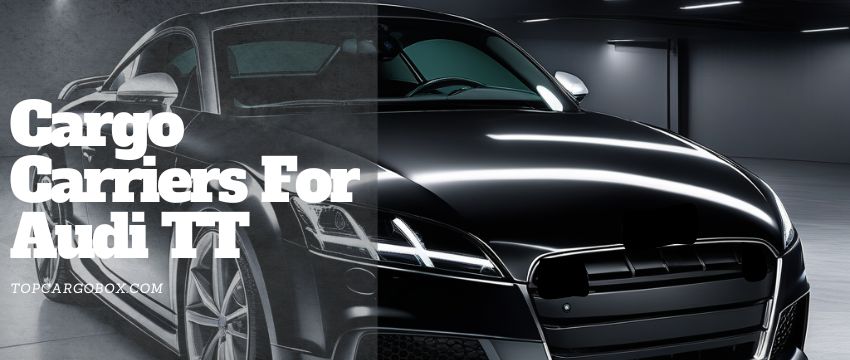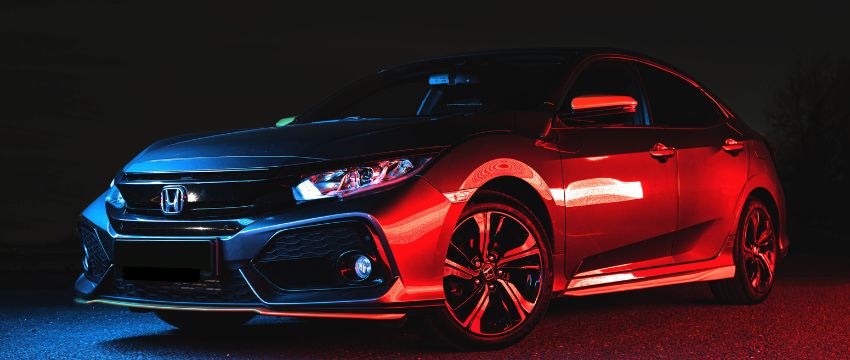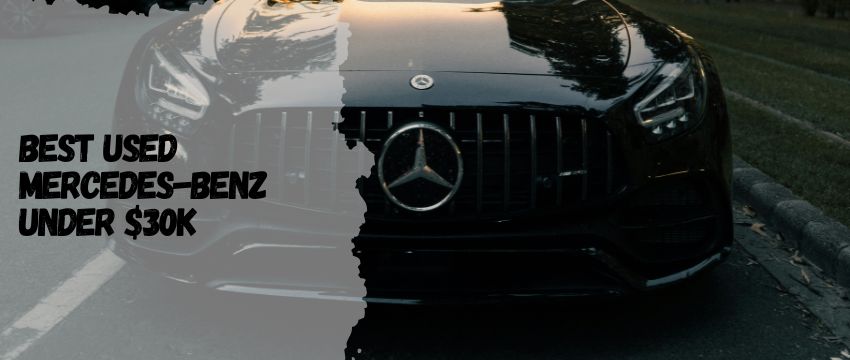Hey there! So, you’re eyeing a Hyundai Palisade but worried about how much cash it’ll lose in three years? Totally get it—no one wants to throw money into a pit. Let’s break down exactly what to expect, why it happens, and how you can dodge the worst of it. Buckle up—this ride’s gonna be worth your time.
What’s Up With Car Depreciation?
Depreciation 101: Why Your Car’s Value Dives
Depreciation’s that annoying thing where your shiny new car loses value the second you drive it off the lot. For real, it’s like watching your phone’s battery drop from 100% to 80% in minutes. The Palisade’s no exception, but here’s the kicker: not all cars lose value at the same rate. Factors like brand reputation, demand, and even paint color play a role.
The Hyundai Palisade starts strong, losing about 20-25% of its value in Year 1. Ouch, right? But compared to some rivals, it’s actually holding up better. Want the full scoop? Check out how it stacks up against the Kia Telluride. Spoiler: sibling rivalry gets real.
How Bad Is the Palisade’s 3-Year Hit?
Year-by-Year Breakdown: From New to “Used”
Year 1 is the grunt work—your Palisade sheds 20-25%. By Year 3, you’re looking at a total drop of 35-45%. That means a 27,500-$32,500_ after three years. Not awesome, but could be worse.
Why does this happen? New cars get outdated fast. Hyundai rolls out updates like clockwork—peep the 2024-2025 upgrades—and older models suddenly feel last-gen. Plus, mileage matters. Hit 36,000 miles (the average for three years), and buyers get picky.
What Slows Down Depreciation?
Tricks to Keep Your Palisade’s Value Chill
First, maintenance is king. Keep those service records tighter than your Netflix password. A well-loved Palisade with under 30,000 miles can fetch 10-15% more than a neglected one. And hey, if adults can chill in the third row, that’s a selling point too.
Opt for popular features—AWD, premium sound, or that sleek Sierra Burgundy paint. Skip the quirky extras (looking at you, neon floor mats). Oh, and avoid accidents. Even a fender-bender tanks value. For real, a clean Carfax report is gold.
How Does the Palisade Compare?
Hyundai vs. the Competition: Who Loses Less?
The Palisade’s resale game is solid, but not legendary. Toyota Highlanders and Honda Pilots still rule the retention kingdom, losing just 30-35% over three years. The Palisade? More like 35-45%. But here’s the twist: Hyundai’s warranty rocks. A 10-year powertrain warranty screams “I’m reliable!” to used buyers.
Check out its MPG stats—better fuel economy than some rivals means lower ownership costs. And if you’re into off-roading, the right tires and mods can boost appeal.
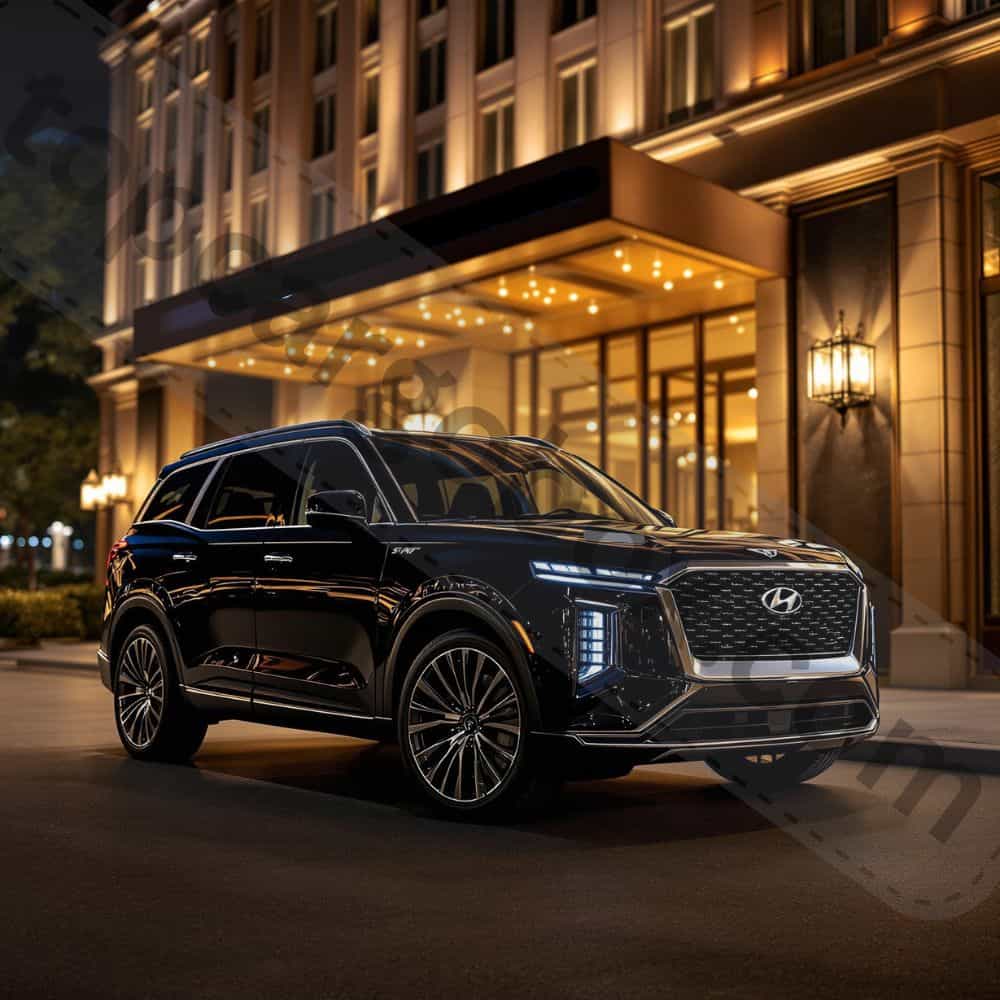
Leasing vs. Buying: Which Sucks Less?
The Lease Trap (or Hack?)
Leasing a Palisade? You’re basically renting depreciation. Monthly payments cover the expected value drop, so you’re not stuck with a depreciated asset. But miss that mileage cap or scratch the paint? Fees’ll eat your savings. Peep these lease negotiation tips to dodge dealer traps.
Buying’s a gamble. If you hold the Palisade for 5+ years, depreciation slows to a crawl. But if you’re the type to upgrade every 2-3 years, leasing might save tears. Still torn? Here’s whether to go new or used.
Hidden Costs That Accelerate Depreciation
Recalls, Repairs, and “Oops” Moments
Hyundai’s had a few recalls—mostly minor, but they spook buyers. A recalled car can lose 5-10% value overnight. Stay on top of repairs, and keep paperwork handy. Also, mods like lift kits or aftermarket stereos? Cool, but they might scare off traditional buyers.
And don’t ignore maintenance. Skipping oil changes is like ignoring a “Check Engine” light—it’ll bite you later. A 200 service now beats a 2,000 repair bill down the road.
Tech Secrets That Boost Resale
Hidden Features Buyers Love
Did you know the Palisade has a “Quiet Mode” for rear seat speakers? Or that its infotainment system can learn your driving habits? Tech gems like these make your ride feel premium. Dive into the hidden tech to wow future buyers.
Also, software updates matter. A 2022 Palisade with updated navigation and safety features holds value better than one stuck in 2020. Keep that tech fresh!
Real Owner Stories: The Good and Ugly
“I Regret Nothing… Mostly”
Owners rave about the Palisade’s space and comfort—check this 1-year review. But some gripe about road noise or sluggish acceleration. The takeaway? Happy owners = better resale. Fix small annoyances (like upgrading tires) to keep your Palisade in demand.
How to Dodge Dealer Scams
Fees to Avoid Like a Parking Ticket
Dealers love padding prices with “document fees” or “prep charges.” Don’t fall for it—here’s a list of fees to dodge. And if you’re eyeing a demo model, know the pros and cons of buying a demo.
When’s the Best Time to Sell?
Timing Is Everything
Sell before hitting 60,000 miles—that’s when depreciation curves get steep. Spring and summer are prime for SUV sales. And if you’re trading in, aim for year-end when dealers are desperate to hit quotas. Want to sell private party? Detail it like you’re prepping for a first date.
Wrapping It Up: Should You Worry?
The Palisade’s depreciation isn’t the worst, but it’s no Toyota. Focus on maintenance, mileage, and avoiding fads. Lease if you’re a serial upgrader; buy if you’re in it for the long haul. Either way, knowledge is power—and now you’ve got plenty.
Quick Answers to Your Burning Questions
How much will my car depreciate in 3 years?
Most cars lose 35-50% of their value in three years. The Palisade’s on the lower end at 35-45%, thanks to its strong warranty and features. Keep it under 30,000 miles and avoid accidents to stay ahead.
Does the Hyundai Palisade retain its value?
Better than many non-luxury SUVs, but not as well as Toyota or Honda. Its 50% retention after five years is decent, especially with AWD and higher trims.
Do Hyundais depreciate quickly?
Historically, yes—but newer models like the Palisade are changing that. Improved reliability and longer warranties help Hyundais hold value closer to 45-55% after five years.
In what year does a car lose the most value?
Year 1, hands down. Expect a 20-25% drop the moment you drive off the lot. After that, it’s 10-15% annually.
Do dealerships lower prices at year-end?
Absolutely! December is prime time for deals as dealers clear inventory. You might snag a Palisade for 5-10% below MSRP if you haggle.
Comparing the 2025 Hyundai Palisade Trims: SEL, XRT, and SEL Premium

SEL

XRT

SEL Premium
Here’s a detailed comparison table for the 2025 Hyundai Palisade SEL, XRT, and SEL Premium trims, with key differences bolded:
2025 Hyundai Palisade Trim Comparison Table
Feature | Palisade SEL | Palisade XRT | Palisade SEL Premium |
|---|---|---|---|
Engine | 3.8L V6 (291 hp) | 3.8L V6 (291 hp) | 3.8L V6 (291 hp) |
Drivetrain | FWD/AWD optional | Standard AWD | Standard AWD |
Wheels | 18″ alloy | 20″ XRT alloy (black accents) | 20″ alloy (chrome accents) |
Suspension | Standard | Nivomat auto-leveling rear suspension | Auto-leveling rear suspension |
Exterior | Chrome accents | Black grille, XRT badging, roof rails | Chrome accents |
Seating | 7-passenger (bench) | 7-passenger (captain’s chairs) | 8-passenger (optional captains chairs) |
Seat Material | H-Tex faux leather | Black H-Tex with sport stitching | Quilted leather |
Heated/Ventilated Seats | Heated front | Heated front | Heated & ventilated front + 2nd row |
Steering Wheel | Leather-wrapped | Leather-wrapped | Heated leather-wrapped, memory tilt |
Sunroof | None | Power sunroof | Power sunroof |
Tech Display | 12.3″ touchscreen | 12.3″ touchscreen | 12.3″ touchscreen + digital cluster |
Parking Assist | Rear sensors | Front & rear parking sensors | Surround View Monitor + Blind-Spot Camera |
Safety Tech | Basic SmartSense | Basic SmartSense | Enhanced SmartSense (Evasive Steering, Junction Assist) |
Audio | 6-speaker | 6-speaker | 6-speaker (optional Harman Kardon) |
Interior Features | Dual-zone climate | Auto-dimming mirrors, rear sunshades | HomeLink, 115V outlet, memory seats |
Warranty | 5yr/60k basic, 10yr/100k powertrain | Same as SEL | Same as SEL |
Technology: Who’s Packing the Coolest Gadgets?
Let’s kick things off with tech, because c’mon—who doesn’t love a good gadget? The Palisade SEL nails the basics: a crisp 12.3-inch touchscreen, Hyundai Digital Key 2 (so your phone can be your key), and wireless charging. But the XRT steps up with Parking Distance Warning for both front and reverse—a lifesaver if you’re dodging curbs or trailer hitches. The SEL Premium, though? It’s the overachiever. You get a Surround View Monitor (like a bird’s-eye view for parking), Blind-Spot View Monitor (no more neck-craning), and Highway Driving Assist II, which basically co-pilots for you on long drives.
All three trims have Apple CarPlay and Android Auto, but the SEL Premium adds a 115-volt AC outlet for laptops or gadgets. The XRT? It skips the fancy outlet but throws in a sunroof and rear sunshades. If you’re a tech geek who wants zero blind spots, the SEL Premium’s your jam. But if rugged simplicity’s your vibe, the XRT keeps things practical.
Comfort: Seats, Space, and “Oh, This Is Nice”
The SEL keeps it simple with H-Tex seats (Hyundai’s fancy faux leather), heated fronts, and dual climate control. But here’s the catch: it’s a 7-seater with a bench second row. The XRT swaps that bench for captain’s chairs, giving second-row riders way more legroom—perfect for road trips with picky teens. Plus, it adds auto-dimming mirrors and rear sunshades to block that glaring afternoon sun.
Now, the SEL Premium? It’s the VIP lounge. Ventilated front and second-row seats? A heated steering wheel? Driver’s seat memory settings? Yeah, it’s basically whispering, “Treat yourself.” It also throws in a power sunroof and HomeLink for your garage door. But if you’re hauling eight people regularly, the SEL Premium’s third row is slightly roomier—though adults might still grumble.
Performance: Same Engine, Different Vibes
Under the hood, all three trims rock the same 291-hp 3.8L V6 and 8-speed automatic. Towing? 5,000 pounds across the board. Where they differ is style. The SEL rides on 18-inch wheels—fine for daily commutes but kinda basic. The XRT beefs things up with 20-inch alloys, a blacked-out grille, and Nivomat auto-leveling suspension to handle rough terrain without sagging.
The SEL Premium also gets 20-inch wheels but focuses on smoothness with auto-leveling rear suspension. Translation: it glides over potholes like they’re pebbles. The XRT’s suspension is stiffer, though—great for stability off-road but less cozy on highways. If you’re planning light off-roading, the XRT’s tires and setup are a smarter pick.
Safety: From “Good Enough” to “Paranoid Parent Approved”
All trims include Hyundai’s SmartSense suite: blind-spot monitoring, forward collision avoidance, and lane-keeping. But the SEL Premium goes full helicopter parent with Evasive Steering Assist and Junction Crossing Detection—tools that help dodge sudden obstacles or turning collisions. The XRT adds front/rear parking sensors, while the SEL sticks to basic rear sensors.
The SEL Premium’s Surround View Monitor is a game-changer for tight parking spots, and its Blind-Spot View Monitor projects camera feeds onto the dash. The XRT? It’s got your back with side cameras but skips the aerial view. If safety’s your top priority, the Premium’s worth the splurge.
Design: Rugged, Refined, or Somewhere In Between
The SEL is the “safe choice”—chrome accents, understated lines, and Moonlight Cloud paint. The XRT screams “adventure” with a dark grille, black interior trim, and roof rails for hauling gear. Its Abyss Black Pearl color? Pure intimidation (in a good way).
The SEL Premium leans luxe with Steel Graphite exterior and chrome details. Inside, it’s all soft-touch materials and a leather-wrapped, heated steering wheel. The XRT’s cabin feels sportier but lacks the Premium’s plushness. Want to turn heads at the campsite? XRT. Prefer valet vibes? SEL Premium.
Who’s It For? (Spoiler: Depends on Your Vibe)
- SEL: Budget-conscious families who want solid tech and safety without frills. Perfect if you’re eyeing lease deals or plan to sell before depreciation hits hard.
- XRT: Outdoor types who want rugged looks without a true off-roader’s price tag. Captain’s chairs make it ideal for weekend warriors.
- SEL Premium: Luxury seekers who want every bell and whistle. If you’re keeping it long-term, the resale value might justify the cost.
The Downsides Nobody Talks About
- SEL: No sunroof, smaller wheels, and bench seating feels dated. Rear climate controls are basic.
- XRT: Stiffer suspension = bumpier rides. Blacked-out trim shows scratches easily. No ventilated seats.
- SEL Premium: Pricey AF. The 20-inch wheels mean pricier tire replacements. Overkill if you just need a grocery getter.
So, which one’s your match? If you’re still torn, check out real owner gripes before pulling the trigger.
Our team is creating outdoor-gear relevant articles with passion. If our articles can help you to find the correct solutions for your questions, we will be happy about that. In the content creation process, we usually collect accurate and useful information online or offline to compile our content in an organized way. Consequently, we can guarantee that you can discover some expected answers to your questions. We appreciate your time on our site.

